In Japan, it is popular for people to enjoy taking baths to clean themselves or relax after a long day, rather than taking a shower. There are two ways in which people in Japan choose to bathe, either in public or private. Many Japanese people have private baths in their homes called ofuro. Ofuro, like public baths are not meant for washing but rather soaking. Multiple family members use the water in an ofuro, so it is important to be completely clean before entering. A picture of a “typical” ofuro can be found above. Public bathing is also another common practice in Japan, and in many ways public bathing is an important part of Japanese culture. Many westerners are oftentimes uncomfortable with the idea of public bathing, but being in public bathing with strangers and friends is a rather common practice in Japan. Bathing in public can also be a bonding experience. There is even a special saying that comes from the bond experienced through naked bathing, “hadaka no tsukiai.” Hadaka no tsukiai, which roughly translates into “naked friendship.” It refers to how open conversations can be once we have let our guards down, and are literally naked. I think that this was a valuable experience for my fellow classmates and myself because it allowed us to let our guards down and get to known eachother even more.
There are two types of public baths that are common in Japan, natural hot spring baths, which are called onsens, and imitation hot spring baths called sento. During our month here in Japan, most of us have had the privilege to go to at least one onsen. Onsen are public baths that are created out of the many natural hot springs that are scattered throughout Japan. According to the ministry of the environment, there are over 3,000 hot springs in Japan [1]. Onsen generally prohibit swimsuits, so if you chose to go in one you will be bathing completely naked. Before coming on this trip, many of us had never experienced a public bath. Personally, bathing naked with strangers was a foreign concept to me before my time here in Japan. There was also a level of anxiety for some of us that accompanied the thought of bathing with strangers, and our fellow classmates, but for the most part everyone participated in the group onsen and had a good time!
Before we did our group onsen, KTP was sure to inform us about proper onsen etiquette, which is as follows:
- Make sure you confirm which baths are designated men’s and women’s baths because the do switch occasionally (you don’t want to walk into the wrong bath). (Picture above of what the entrances for both look like).
- Before you enter the bath there is a changing room where there are baskets or lockers that you can put your clothes and other beauty items in (pictured above). It is generally safe to just leave your items in a basket.
- It is also advised to take off any jewelry or watches because the minerals in the water may damage them.
- When you pay for your onsen experience you are often given the option of purchasing a small towel, which is essentially a long skinny washcloth. These towels are also used for preserving a bit of modesty while walking around the washing areas and baths.
- Another point to note is that many onsens refuse to allow people with large tattoos into their baths, since in Japan tattoos are often associated with gangs or criminals.
- Once you are unclothed, you walk into a washing area where there are several washing stations; each with a small stool and bucket, shampoo, and soap is also usually provided. At the washing station you first rinse off the stool and fill your bucket with water. After that is done, you wash yourself, “Cleaner than you have ever been in your life” (KTP). When KTP says scrub, she really means it; you are about to get into a bath full of strangers so you want to be as clean as possible! Getting into the onsen while still dirty, or with traces of soap left on your body, is not socially acceptable.
- For ladies, if you have long hair it is best to tie it up on the top of your head so that none of your hair gets in the water. Also try not to let your towel touch the water, you can fold up your little towel, and place it on top of your head, or tie it around your head like a headband, which is what I like to do. “After you are sparkling clean” (KTP), you are now ready to onsen (YAY)!
Most onsen have multiple baths with varying temperatures. There is usually a scalding hot bath, which it is not recommended to stay in more than 10 minutes. There is usually also a medium temperature bath where you can soak for longer, and there will also usually be cold bath to cool down. Some baths also have other features like jets. There may also be a combination of inside and outside baths as well as single person baths. Rocks usually line the outside baths and most have a waterfall feature. Some onsens also feature different minerals or chemicals that are believed to have health benefits, such as sulfur, sodium chloride, or iron. There may also be a sauna by the bath area that you can enjoy in between your soaks or at the end, sometimes there are mats outside of the sauna for you to sit on, if there are no mats provided you can also sit on your little towel.
Before my first onsen experience I was definitely skeptical of openly bathing with other people. However, this experience was such a pleasant one for me and some of my fellow classmates that we even made a day trip to Ito during our free days to enjoy a popular onsen [2]. I am not going to lie and say that it still does not feel a little weird publicly bathing, however I have found the more onsen I visit the more comfortable I become with the concept (I have tried four thus far). The best part of onsening to me is soaking in the outside baths. It is a little chilly in Japan right now; so sitting in a hot bath with beautiful scenery definitely takes the edge off. It is also a great way to connect with others and nature simultaneously. Many onsens can be found in secluded places in forests or mountainsides, where you can take in the natural scenery of Japan and relax all at once.
[1] http://travel.rakuten.com/hotel/Japan-Shizuoka_Prefecture-Ito_Ito_Onsen_Daitokan/15268/
[2]http://web-japan.org/nipponia/nipponia26/en/feature/feature12.html

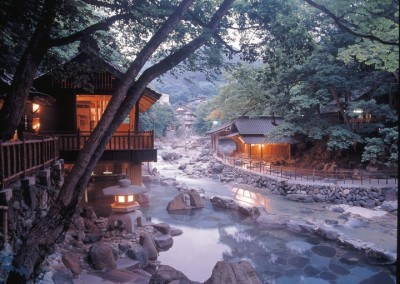
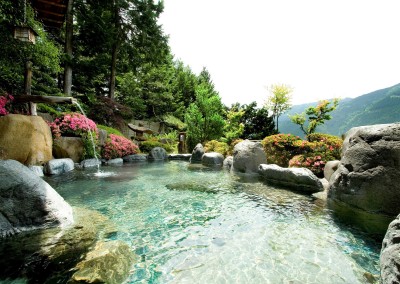
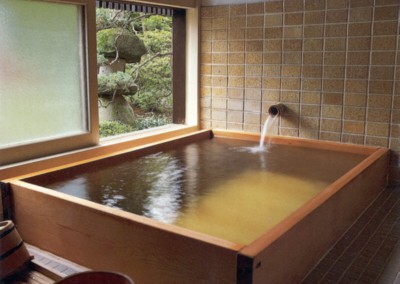
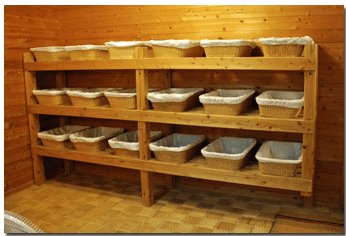
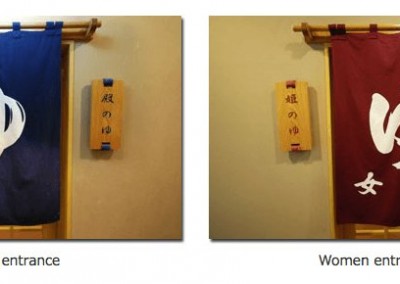
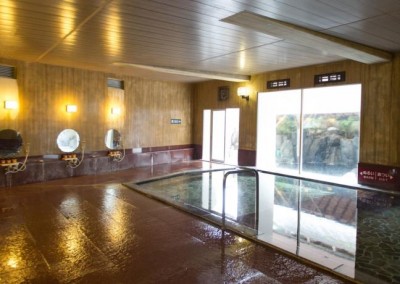
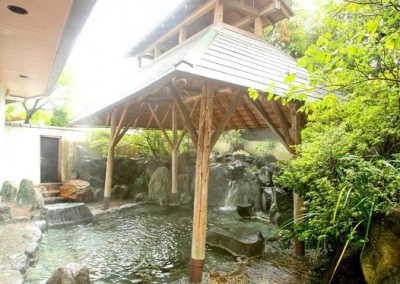
Recent Comments